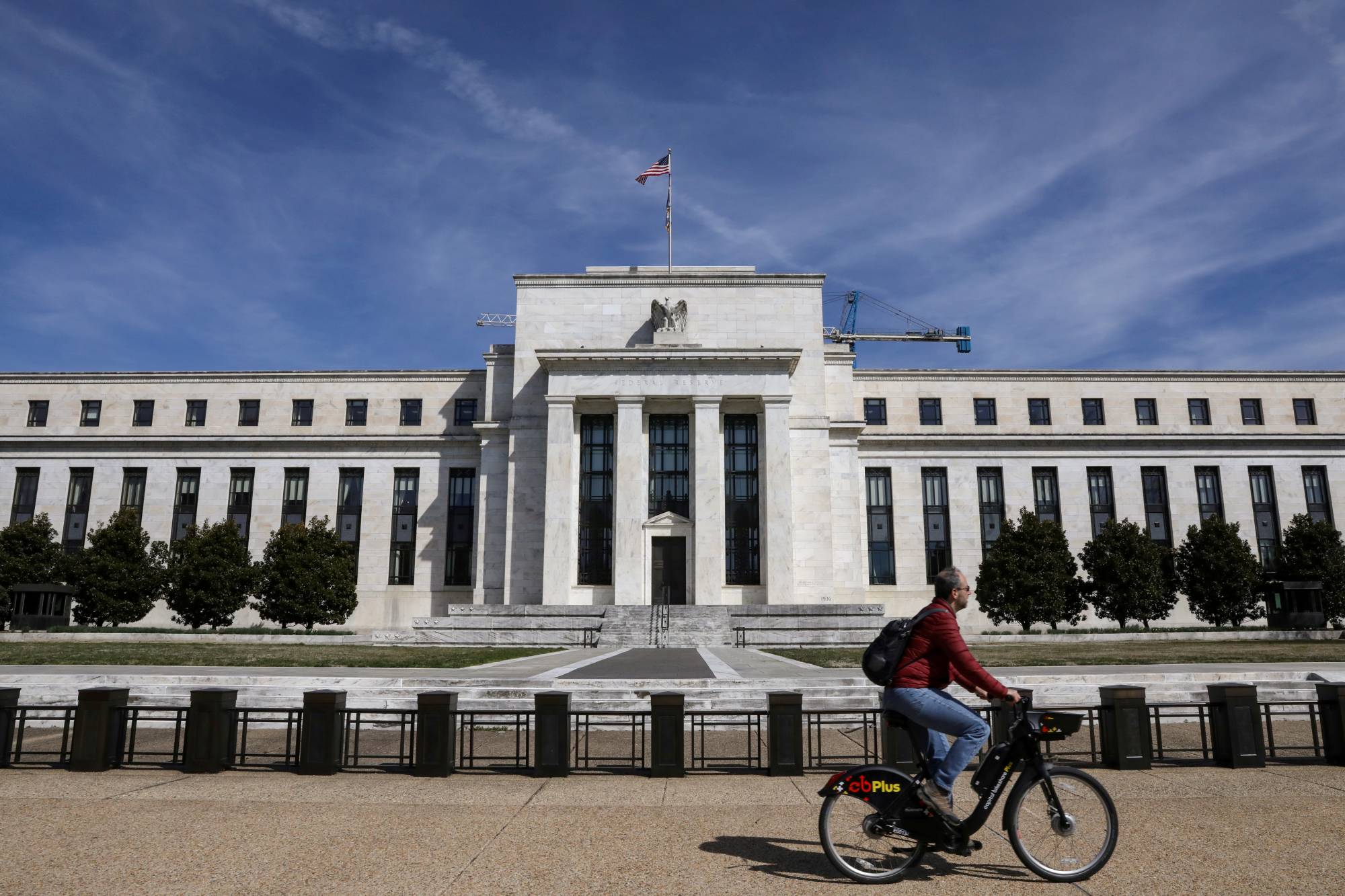Please look beyond the White House for just a few minutes, Asia. The place that matters most for you right now is the Marriner S. Eccles Federal Reserve Building, a few blocks away on Constitution Ave.
Don’t let the obscurity of the address fool you. From inside these walls a massive exercise in financial stabilization provided the most important foundations for Asia’s economic rebound from the coronavirus-induced slump. By flooding world markets with liquidity and easing a shortage of dollars to key nations, the Fed bought policy makers vital time to plot their response to the pandemic. Without these benign conditions, it’s hard to imagine that places like Indonesia, the Philippines and South Korea would have been able to expand their budgets so greatly. Countries could have been forced into bailouts from the International Monetary Fund.
When observers in Asia talk about U.S. elections, the conversation quickly becomes an exercise in navel-gazing. That tends to mean expressions of disapproval at Donald Trump’s tariffs on Chinese-made goods, wariness about curbs on technology investment or lamentations that Beijing has stolen Washington’s march on the South China Sea. Yes, these are big issues. But they haven’t made the difference between economic resilience and something worse. That hinge point has been the Fed.



